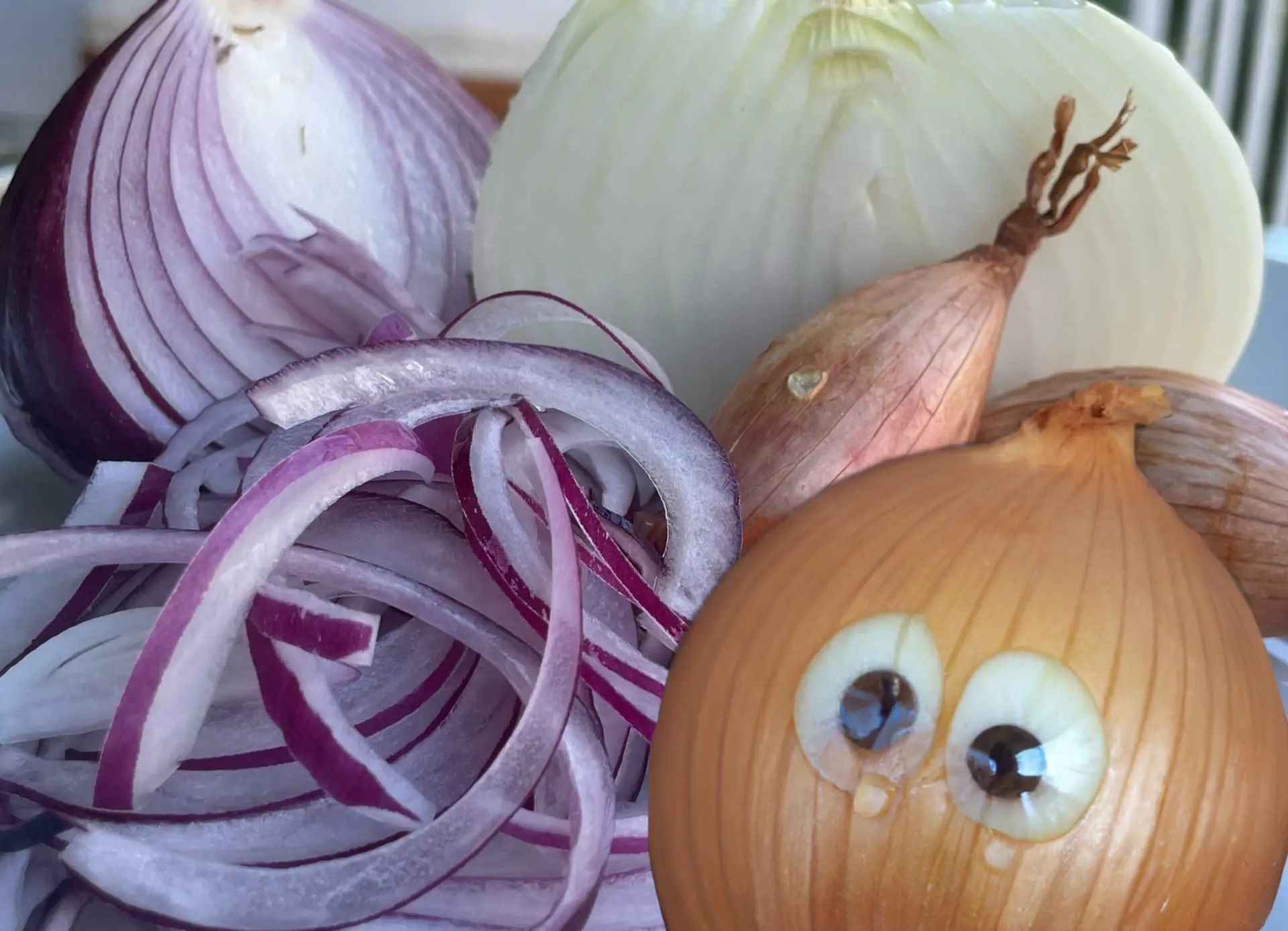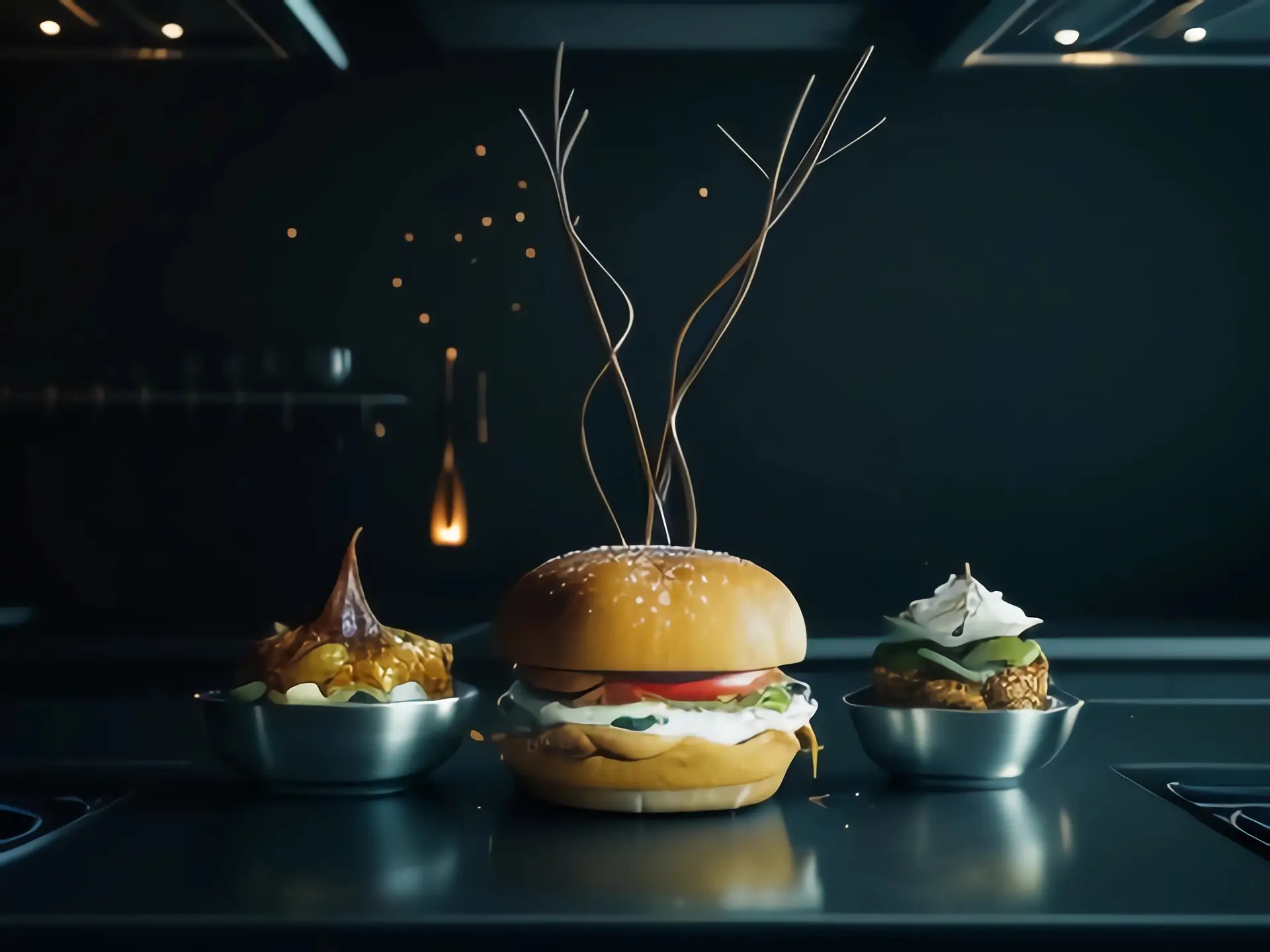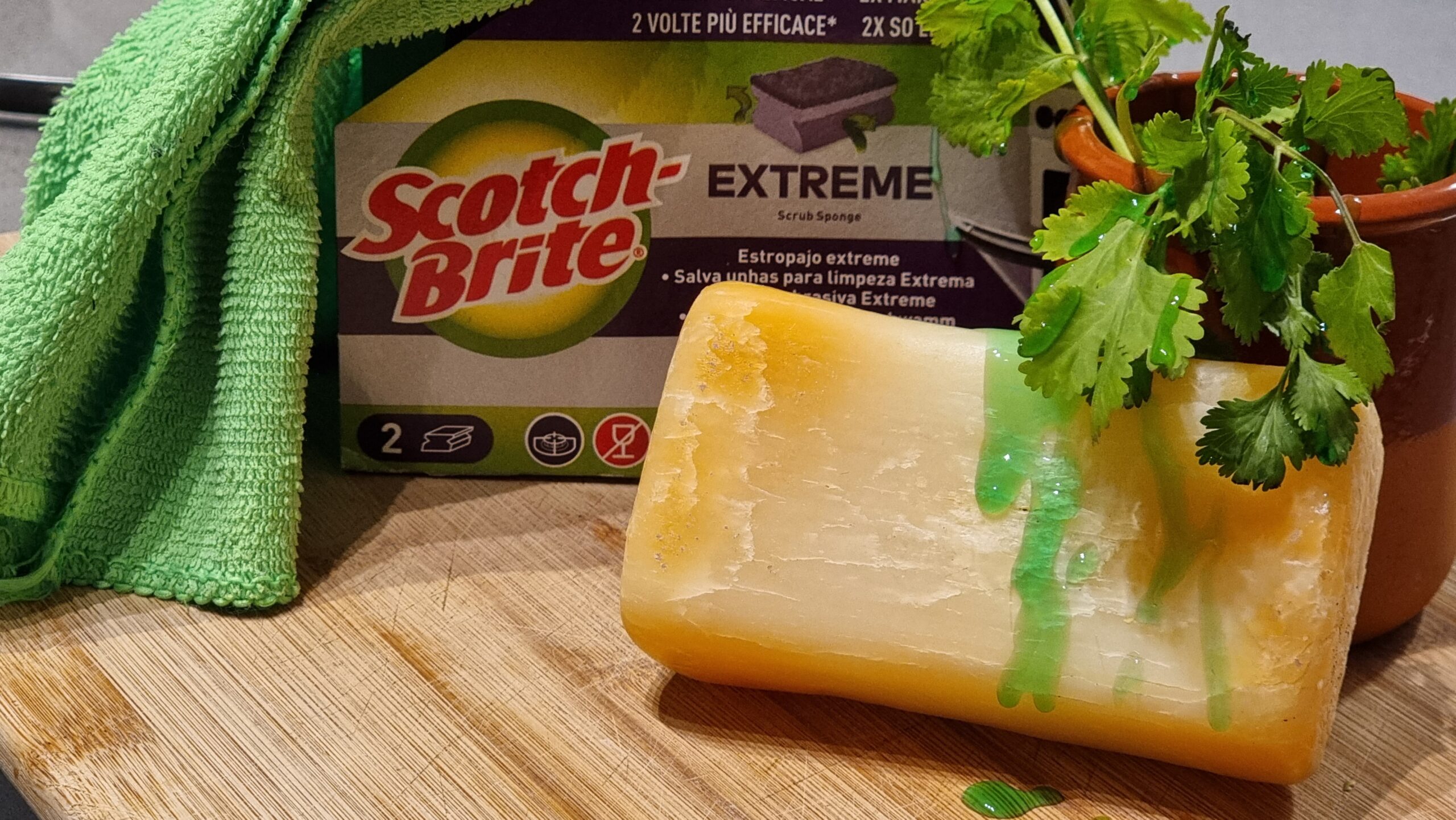Should we add baking soda while cooking greens? What it does do and how?
We’re all aware that the virescent color of some vegetables is because of a miraculous compound called Chlorophyll, due to its presence a plant can convert carbon dioxide and water into glucose and oxygen gas. The plants then either use the glucose for their growth or polymerize it to make starch and store them for future use. Now animals derive their vitality from consuming those sugars and starch carbohydrates in plants, hence it can be thought of as the source of most life on earth.
But, we are most probably (Sorry, I’m a Star Trek fan!) the only species that cook vegetables to tenderize them, only because of this reason, cooking greens can be a rather tricky job, as in, the bright green color can become a dreary as most of the time we end with an unappetizing glaucous or khaki, to some extent, color. Why does it happen?
A chlorophyll molecule is an amalgamation of carbon, hydrogen, oxygen, and nitrogen called a porphyrin (A porphyrin is a large ring molecule consisting of smaller rings made from carbons and nitrogen) with a magnesium atom buried in the center. Now, there are two types of it, Chlorophyll a and Chlorophyll b, the first one has a blue-green color and the latter a yellowish-green, the different ratios of these two determine the exact hue of various green plants.

When we cook our green vegetables, like spinach, peas, sprouts, broccoli, etc., the heat changes the shape of these molecules, they isomerize them, and if the vegetable is slightly acidic, which most of them are, the magnesium atom may be purged and replaced by a couple of many hydronium ions from the acid. This transforms the chlorophyll into chemicals called pheophytins. Pheophytins of the a-type have a grayish-green color and that of the b-type is more olive-green, as there are more of the a-type in quantity which also undergo this conversion faster, that color becomes more prevalent.
The fact that acids initiate the chlorophyll conversion reactions has tempted people to add a pinch of the base, mostly baking soda, to keep that vibrant green intact. But the thing is that alkalinity attacks the complex carbohydrates that are responsible for the structural strength of the vegetable, so in a way, one is merely trading ugliness for mushiness. Also, an important thing to note here is that the bicarbonate of soda has a distinct soapy flavor. The practical message is that we must cook the greens for the least amount of time and keep in mind the level of “doneness”, as they say in the kitchen, that we desire. Well, there is one more chemical oddity when cooking greens, cook them in hard water and let me know the results. (I know the answer.)







